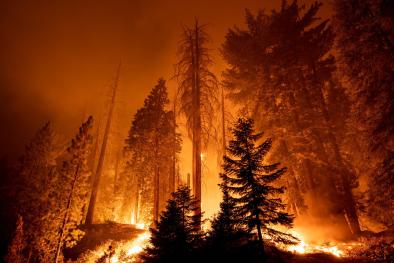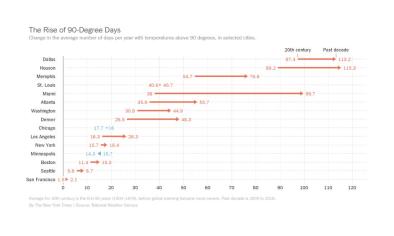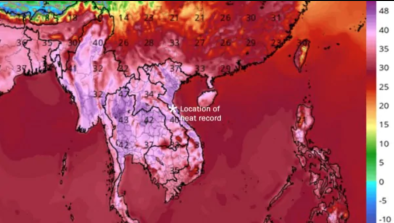Science Source
Carbon dioxide sources from Alaska driven by increasing early winter respiration from Arctic tundra
- States that high-latitude ecosystems have the capacity to release large amounts of carbon dioxide (CO2) to the atmosphere in response to increasing temperatures, representing a potentially significant positive feedback within the climate system
- Combines aircraft and tower observations of atmospheric CO2 with remote sensing data and meteorological products to derive temporally and spatially resolved year-round CO2 fluxes across Alaska during 2012–2014
- Finds that tundra ecosystems were a net source of CO2 to the atmosphere annually, with especially high rates of respiration October through December
- States that long-term records at Barrow, AK, suggest that CO2 emission rates from North Slope tundra have increased during the October through December period by 73% ± 11% since 1975, and are correlated with rising summer temperatures
- Results imply increasing early winter respiration and net annual emission of CO2 in Alaska, in response to climate warming
- Results provide evidence that the decadal-scale increase in the amplitude of the CO2 seasonal cycle may be linked with increasing biogenic emissions in the Arctic, following the growing season
Related Content
Headline

Nov 18, 2021 | Climate Nexus Hot News
Number Of Hot Summer Days That Fuel Wildfire Spread Will Rise
Science Source
| Geophysical Research Letters
Evaluating the performance of past climate model projections
Zeke Hausfather, Henri F. Drake, Tristan Abbott et al
Headline

Jul 24, 2019 | New York Times
Boston Has Become New York
Headline

Apr 23, 2019 | Washington Post
Vietnam just observed its highest temperature ever recorded: 110 degrees, in April


